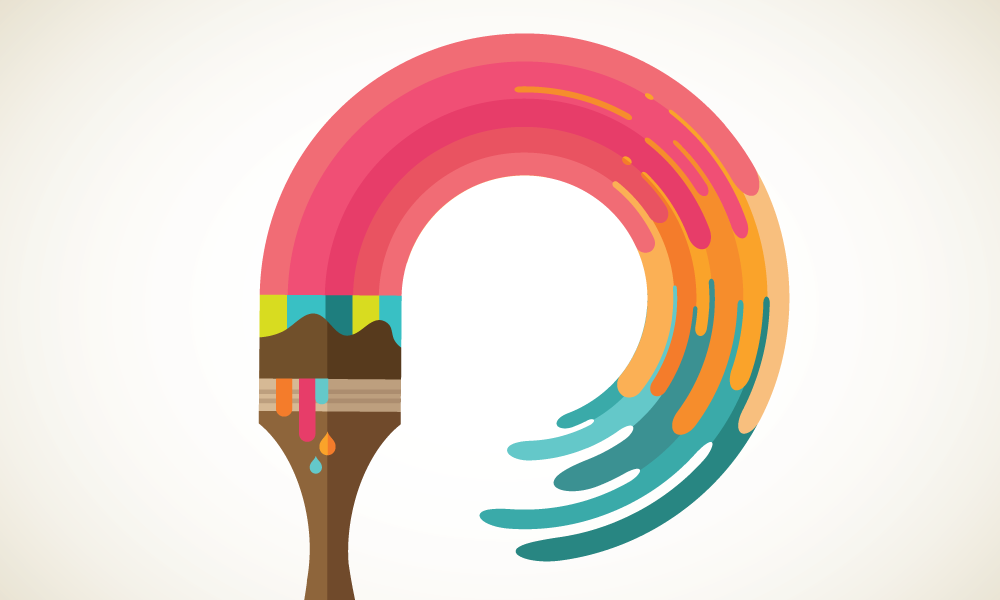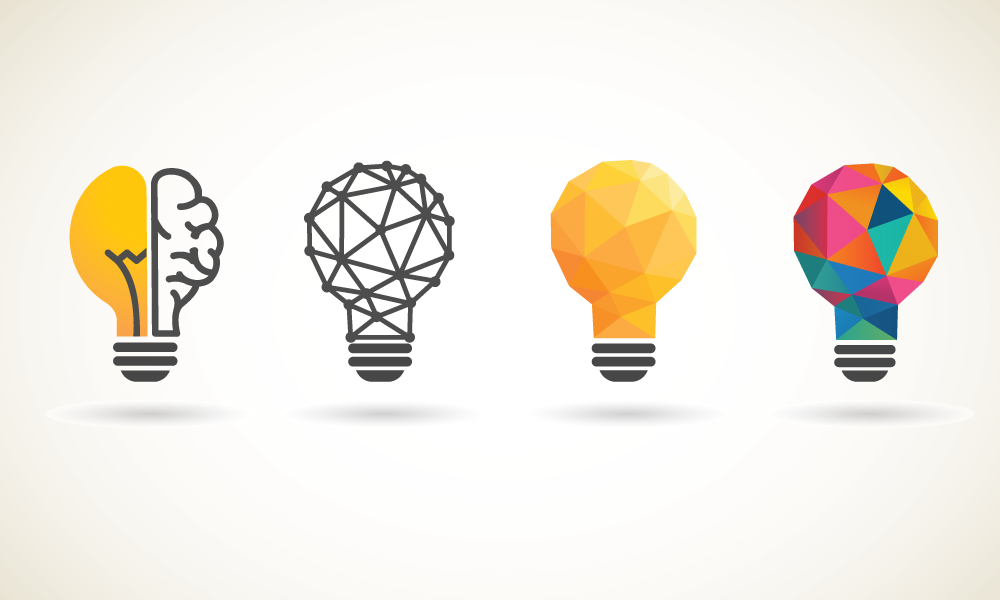A few years ago, a piece I wrote about design thinking totally exploded. It was pretty surprising because it wasn't one of those 'Unlock the power of design in your company' posts, it was all about how confusing and meaningless 'design thinking' has become. Near blasphemy for a design leader (and former employee of IDEO) like myself to say, right? It's not that I don't believe in the methods espoused by design thinking... it's that much of what people focus on is the 'thinking.' My issue is that designers spend too much time thinking about problems and enthusiastically proclaim they are using design thinking as if that has somehow done something. Folks, most thinking is waste of time and doesn't produce better results.
In fact, most designers overvalue their thinking time and spend too much of it on hypothetical issues instead of actively solving the problems that matter most. I'm guilty of this too. It's fun to talk about how we'd solve problems with no real world constraints, or what we'd change in industries we don't fully understand or grasp. This type of thought can seem beneficial and constructive, but it's actually tangential. It diverts us from the exercises that actually will get us closer to solutions, from actually designing. The beauty of design is that you can quickly mock up ideas and get new insights from your team or customer. It takes very little time to get as much value as you're going to get out of thinking through the projects- the bulk of the insights come from actively working in the problem.

Do, then think
'Don't think.' I say it all the time in the office. What I'm really saying is, 'make the thinking smaller, then execute.' It's not that they shouldn't be learning about what they're building or making, but the lessons become more valuable after the work gets done. Thinking is costly time. Better to get a wrong answer and learn from it.
Working in this way can feel scary and unnatural but science has proven that quick decisions are often our best. In his book Blink, Malcom Gladwell explores this at length:
We believe that we are always better off gathering as much information as possible and spending as much time as possible in deliberation. The first task of Blink is to convince you of a simple fact: decisions made very quickly can be every bit as good as decisions made cautiously and deliberately.' ' Malcom Gladwell, Blink
Ironically, the longest lasting benefits often come from the wrong decisions. Wrong answers aren't something to be feared and avoided because they help us get faster at adjusting our thinking through doing. They expose new parts of the problem and help us create better answers. So we need to push through as many ideas as possible, right or wrong, with our teams and help them see the value of thinking less and doing more. In other words, you can't steer a ship that's not moving.
There is another benefit to promoting action over inaction- when we don't do this, sitting and thinking can be confused with laziness, procrastination and idleness. Given the importance of design in businesses, we must understand that the perception of our work is equally important to the output- it's hard to move teams forward if they don't believe in our work. Like I shared in my previous post, my job doesn't really require me to have any right answers, instead, I must have ways to get to the right answer.

Play like you practice
Early on in a designer's growth, we practice the basics of design to improve our literacy. Our goals may be to strengthen our creativity, master our tools, or even just learn how properly complete something. As we advance in our skills though, we need to modify both how we practice and what we practice.
Up until recently, it was accepted that merely engaging in an activity for 10,000 hours made you an expert, but recent studies have debunked this. We now know that not all practice makes perfect. To truly improve, we need to engage in what's called deliberate practice. This is specific and sustained effort focused on improving in something we don't do well.
Most designers don't practice being able to make quick decisions and execute them, and are content with the same basic practice they did at the start of their careers. This can work well for a time, but as they advance in their career and begin working in collaborative environments, the cracks start to show. Some of the bad habits we try to help designers unlearn here at ZURB are:
- Unfocused thinking. Being able to think freely and not have your solutions colored by how things are or what has come before is special skill great designers should cultivate, but that thinking is most impactful when it incorporates the real world considerations we need to work with including our audience, resources, time, etc.
- Lack of time management. We have the freedom to decide when and how much time we can devote to side projects and hobbies, but we rarely have that authority when it comes to our work in an organization. Great designers train themselves to use time efficiently and productively.
- Creative output without purpose. It's perfectly fine to create art or work on personal projects with no specific function or purpose. It is, however, important for designers to realize that the critical thinkers in their organizations want and expect a reason for any and all of their choices, creative or not. Understanding how to generate work that furthers a shared story or vision and be able to adequately explain how that work advances those goals is vital skill.
So how does one practice doing better design? The design methods are endless, but an example of a technique we use at ZURB is holding new designers accountable to 45 sketches/ideas in 3 hours when they first start. Most fail at this task, but within a few tries almost all are able to make amazing progress. They begin to move ideas forward and learn that they need to keep their pen moving, get the worst ideas out.
Collaborative environments require a work style that enables ideas to be shared quickly- thinking too much can get in the way of collaborating effectively. The problem is that most new designers want to take their time and show their best work. The harsh timebox makes them feel like they're being set up to fail. What they later realize, is that true collaboration is working through incomplete ideas together in order to get to the best ones quicker, not working in isolation to feed their ego's desire for a perfect big reveal. Design is messy.

Incremental thinking through Progressive Design
So how do we learn to think faster, for the intent of moving our teams forward? We must break problems into smaller chunks that are easier to get feedback on and get others on our team invested to create momentum. Iteration builds momentum. At ZURB, we use Progressive Design. It's a design system built around the concept of a design feedback loop that has teams creating, showing work, sharing reactions, and shaping that work in small, manageable cycles that drive work forward, fast.
If we sit idle trying to be creative, or focus too much on getting the right answers we start to slow down. Slowing down decision making gets in the way of building momentum with a team. Designers need to build confidence with their teams through solid decision making and visible progress. The more we get good at creative decision making, the easier it is to get our teams moving forward. Lead by design!
In my next post I'll share how some of the best athletes in the world improve their reaction time and how designers can use these tactics to make decisions faster.

Bryan Zmijewski
Leading the charge at ZURB since 1998
Our fearless leader has been driving progressive design at ZURB since 1998. That makes him quite the instigator around the offices, consistently challenging both the team and our customers to strive to always do better and better.
Learn more
Follow him at @bryanzmijewski
